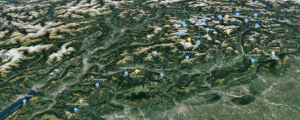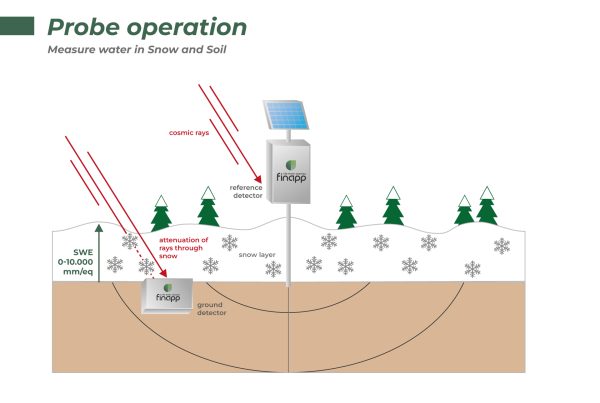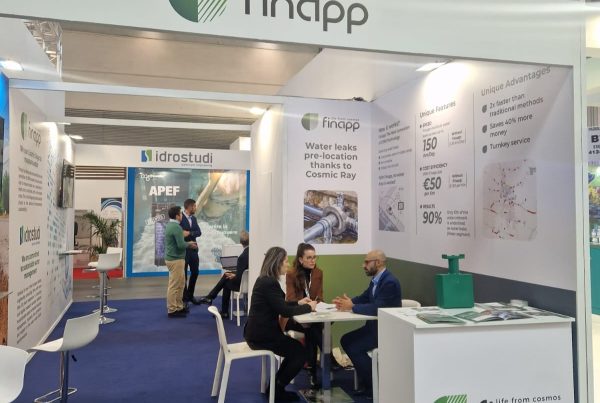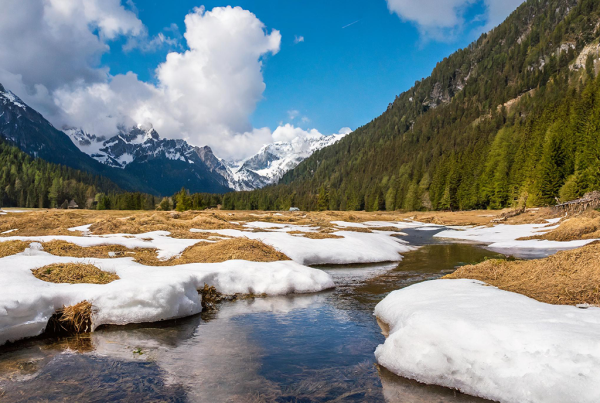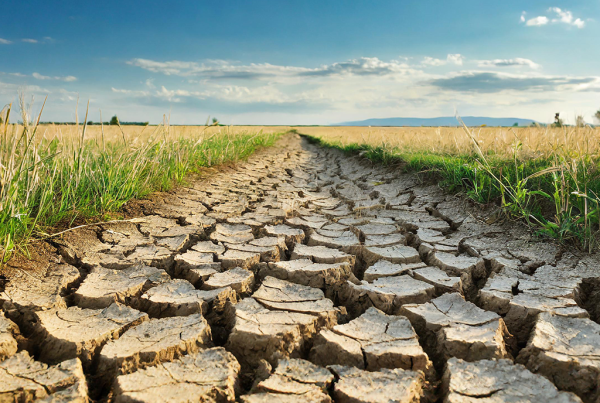One of the great challenges of the coming years, as revealed by the latest agreement at COP28 in Dubai, is to accelerate in global ambitions to mitigate climate change and reduce greenhouse gas emissions.
Today, sustainable development requires greater and more efficient use of renewable energies, such as hydropower, wind and solar, which will therefore become increasingly important in the energy market. To optimize the management and use of the hydropower resource, it is important to properly measure the water resource contained in snow.
Water Resource
Snow cover is one of the most important resources for mountain regions, both economically and ecologically. Mountains act as natural reservoirs, collecting snow in winter and releasing it in spring when temperatures rise.
Between 60 and 70 percent of water reserves come from snowmelt, with high mountain regions being at the upper end of this range. Snow is a critical water resource that provides water for farms, forests and communities. Knowing how much water will come from snow on an annual basis is important for short- and long-term planning.
Hydroelectric power
Hydropower uses water from rivers or stored in dams to generate electricity through the action of the blades of the
turbines. Hydropower is significantly affected by the natural variability of available water in rivers. To make renewable energy production more efficient, accurate measurements of the water equivalent of snow and snow cover are needed to predict inflow to turbines. A combination of satellite data, weather forecast modeling, and in situ data can improve the estimation of these snow variables.
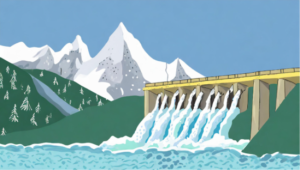
Hydropower is an important component for many electric utilities, ensuring excellent diversification but also significant exposure to the natural variability of the natural resource. Most of the generation occurs on mountains, and the potential energy component is stored in the snow/ice layer above the mountains. Proper estimation of snow water content can provide information to better manage natural resources and portfolio exposure to hydropower.
In order to manage hydropower facilities, plan power generation or water storage, and thus assess its impact on the energy market, it is necessary to know not only the rainfall, but also the water contained in the snowpack i.e. the Snow Water Equivalent (SWE), which determines the amount of water contained in the snowpack, helping water resource managers and hydrologists to plan water use. Snow Water Equivalent and snow cover are key variables for managing hydropower generation, as they are the main store of water in the mountains.
SWE Measurement
In situ measurements combined with satellite and meteorological models could improve the estimation of snow cover and snow water equivalent and reduce exposure to their natural variability. Correct estimation of snow water content could enable energy producers to better manage natural resources and make renewable energy production more efficient.
To meet the need for sustainable development by making hydropower production more efficient, a tool that produces an estimate of snow water equivalent and snow cover is required.
A better estimation of water stored in snow could improve the prediction of hydropower production, with positive effects on productivity. A tool is needed to estimate snow water equivalent and snow cover in areas most relevant to hydropower plants.
The Challenge
Measuring the amount of water in snow can be difficult because air temperature controls the amount of water contained in an inch of snow. One inch of rain can produce anywhere from two inches of sleet to 50 or more inches of snow, depending on air temperature. Different storms bring different types of snow that may contain different amounts of water. The
warmer snowstorms can create two inches of sleet to one inch of rain, while very cold snowstorms can create more than 50 inches of very dry, powdery snow to one inch of rain. During winter, different storms bring different types of snow, so snow depth does not directly translate to the amount of water retained in the snow. Because of this variability, SWE helps to understand how much water the snow holds.
Because 3 cm of precipitation can produce from 6 cm of sleet to 130 cm of snow, depending on the coldness of the air, SWE is a more reliable method of measuring water reserves.
The measurement of snow water equivalent (SWE) of snowpack is important for several applications. At the hydrological basin level, in water resources and hydropower management, the use of SWE allows the estimation of the liquid water reserve contained in snow. On a smaller scale, monitoring avalanche risk or structural health of large buildings can also benefit from SWE monitoring.
Snow and meteorology research also needs to monitor the snowpack to understand its physical processes. SWE is one of the main macro properties of snow.
The innovation
The most innovative method for measuring the water equivalent of snow (SWE) is the use of cosmic ray sensors (CRNS), which can measure the volume of SWE at the installation site in a non-contact, continuous and completely autonomous manner. Finapp CRNS probe is an integrated sensor for measuring ambient neutrons, generated by cosmic rays, which enables the estimation of SWE, i.e., the water content of snow.
How CRNS Finapp’ probes work
One sensor component is placed above the snowpack as a reference, and is used to measure incoming neutrons from space before they interact with the snow.
A second component is placed at ground level, burying it slightly, when the ground is free of snow. The snow cover will completely cover the probe, which will then count neutrons that have already interacted with the snowpack. The difference in neutron counts between the two probes provides an accurate measure of how much water is in the snowpack.
Among the advantages, the probe at CRNS provides SWE values already expressed in water equivalent mm, representative on a large scale (radius of more than 20m) with a of saturation between 2’000mm and 10’000mm. Recently, the Italian environmental monitoring agency, ARPAV, has equipped 25 sites with CRNS sensors, creating Italy’s first regional network capable of providing SWE monitoring information based on this technology.
